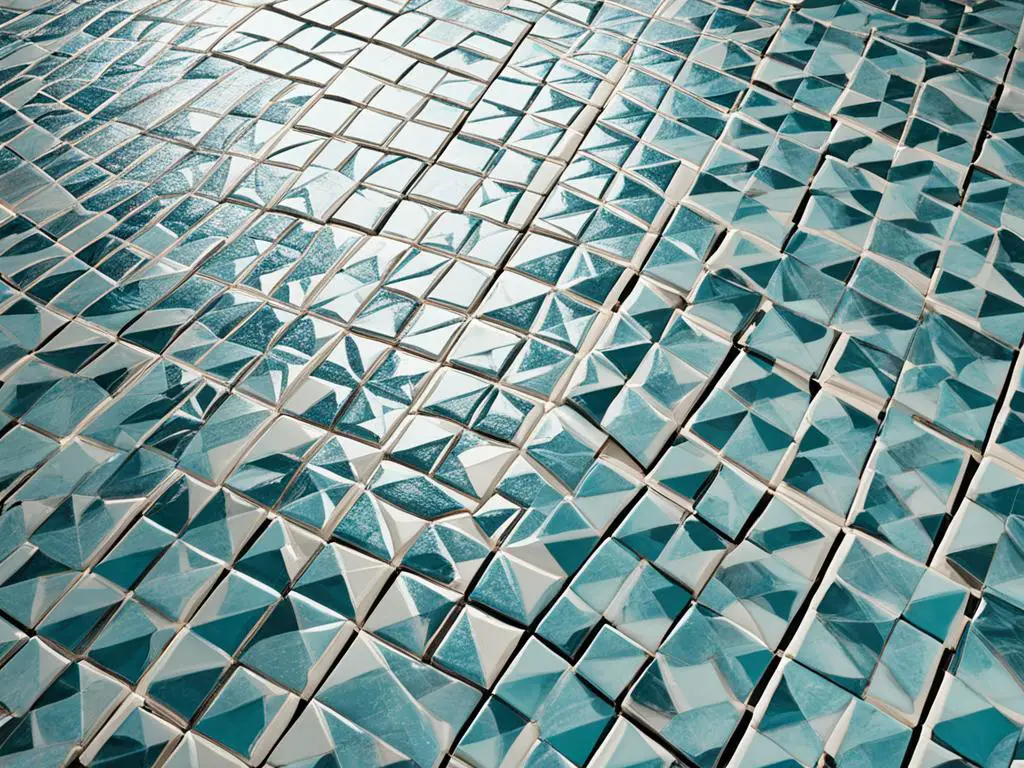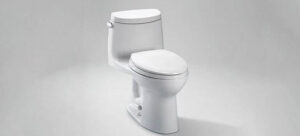When it comes to choosing a tile flooring pattern, the decision between a diagonal tile pattern and a straight tile pattern can be a tough one. The lay pattern you choose can have a significant impact on the style and dimensions of your space. To help you make an informed choice, let’s explore the advantages and benefits of each option.
Key Takeaways:
- The diagonal tile pattern can make small rooms appear larger and wider, while the straight tile pattern offers a sleek and modern aesthetic.
- Diagonal tiles can help hide imperfections in the flooring, while straight tiles have fewer cuts and are easier to install.
- The choice between diagonal and straight tile patterns depends on your style preferences, room size, and desired aesthetic.
- Consider consulting with professionals to determine the best tile layout for your specific needs.
- Both diagonal and straight tile patterns have unique advantages, so weigh your options carefully before making a decision.
Straight Lay Tile Pattern
The straight lay tile pattern is a popular choice for both modern and intricate designs. Its clean grid layout creates a sleek and modern aesthetic that can complement various rooms and styles. When it comes to the advantages of straight tiles, there are several key benefits to consider.
Advantages of Straight Tile
“The straight lay tile pattern offers a simplicity and clean lines that can enhance any space.”
- Ease of Installation: Straight tiles are easier to install compared to diagonal tiles. The straight lines eliminate the need for intricate cuts, making the installation process more straightforward.
- Reduced Material Waste: With the straight lay pattern, there are fewer cuts required, resulting in less material waste. This not only saves costs but also reduces the environmental impact.
- Visual Guide: The long, straight grout lines in the straight lay pattern can serve as a visual guide, directing attention to a focal point in the room. This can create a sense of order and highlight specific design elements.
- Timeless Appeal: Straight tiles offer a classic and timeless look that can withstand changing design trends. Whether you opt for large format tiles or smaller mosaic tiles, the straight lay pattern can seamlessly blend with any style.
To visualize the straight lay tile pattern, take a look at the sample below:
| Examples of Straight Lay Tile Pattern |
|---|
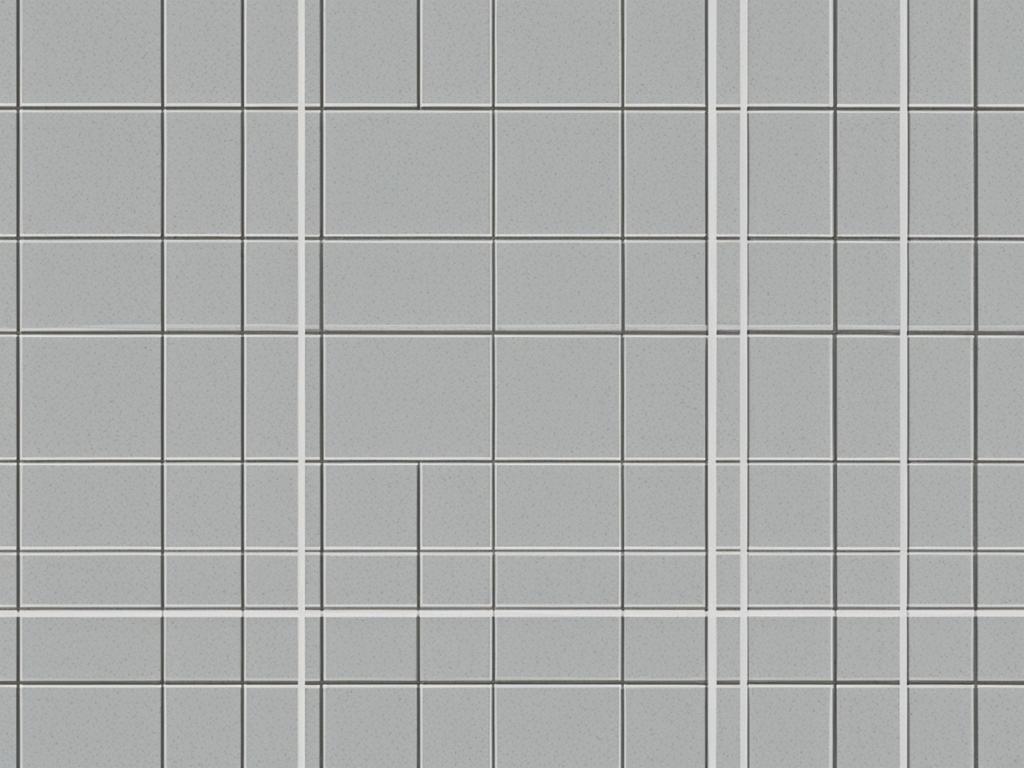 |
As you can see, the straight lay pattern creates a clean and uniform arrangement, enhancing the overall aesthetic of the room. Whether you’re aiming for a contemporary look or a more traditional design, the straight tile pattern can provide a versatile and visually appealing solution.
Diagonal Tile Pattern
The diagonal tile pattern is a versatile option that offers numerous advantages for both small and large spaces. Unlike the straight lay pattern, where the tiles are aligned horizontally and vertically, the diagonal pattern forms diamonds at a 45-degree angle, creating an intriguing visual effect.
One key advantage of diagonal tiles is their ability to make small rooms appear bigger and wider. The diagonal lines create an optical illusion that tricks the eye into perceiving more space. By using larger tiles, you can further enhance this sense of spaciousness, making your room feel open and inviting.
In addition to their ability to visually expand a space, diagonal tiles also have a practical advantage. Due to the diagonal layout, these tiles can help hide imperfections in the flooring. Uneven surfaces and minor irregularities are less noticeable when the tiles are laid diagonally, making it a great choice for older or slightly damaged floors.
Furthermore, the diagonal pattern adds a touch of visual interest and uniqueness to any room. The diagonal lines break away from the traditional grid layout, adding a dynamic and visually appealing element to your flooring. Whether you choose a bold or subtle design, diagonal tiles can transform your space into a captivating work of art.
With their ability to create the illusion of space, conceal imperfections, and add visual interest, the diagonal tile pattern offers a range of benefits that make it a popular choice for homeowners and designers.
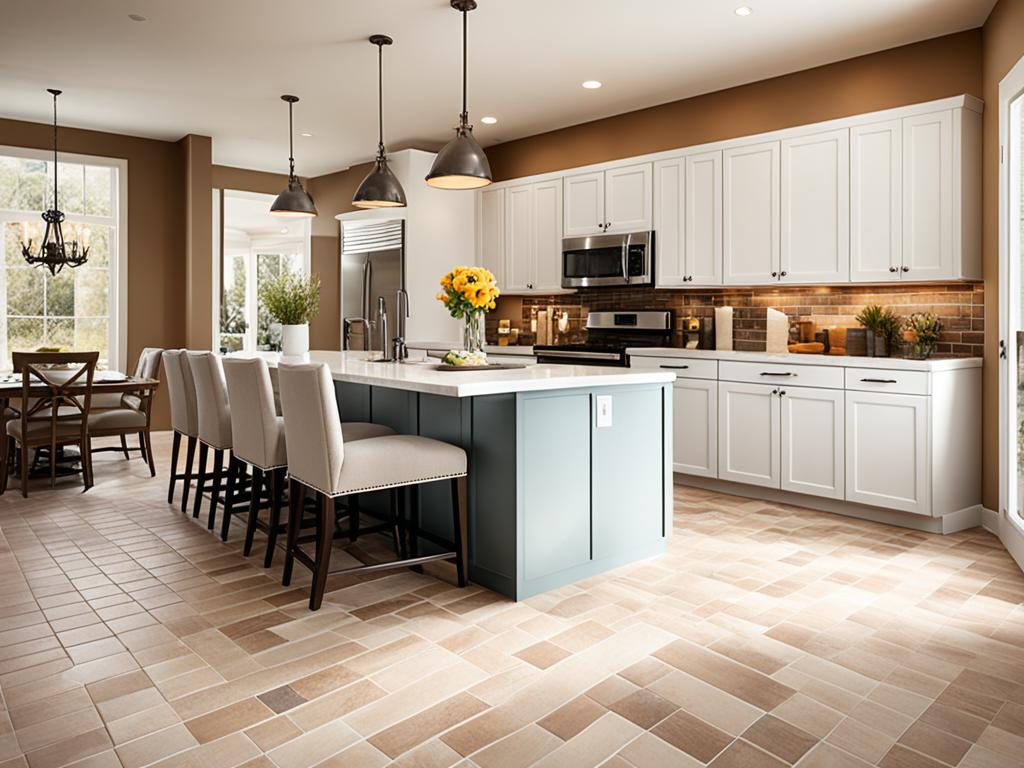
“The diagonal tile pattern is not only visually appealing but also practical. It’s a smart way to make your small room appear larger while adding a unique touch to your space.” – Emily Johnson, Interior Designer
Running Bond Tile Pattern
The running bond tile pattern is a versatile choice that mimics the staggered layout of bricks. It offers several advantages that make it a popular option for both residential and commercial spaces.
Advantages of Running Bond Pattern
- The running bond pattern is excellent for hiding minor flooring imperfections. With the eye naturally drawn to the overall effect of the pattern, any slight irregularities or imperfections in individual tiles are seamlessly concealed.
- This tile pattern creates a unique and textured look in any room. The combination of horizontally and vertically aligned tiles adds visual interest and depth to the space, enhancing its overall aesthetic appeal.
- Running bond is especially suitable for areas with slightly uneven floors. The staggered layout of the tiles helps to minimize the visibility of any discrepancies in the floor, creating a more cohesive and seamless appearance.
To further illustrate the running bond tile pattern, take a look at the image below:
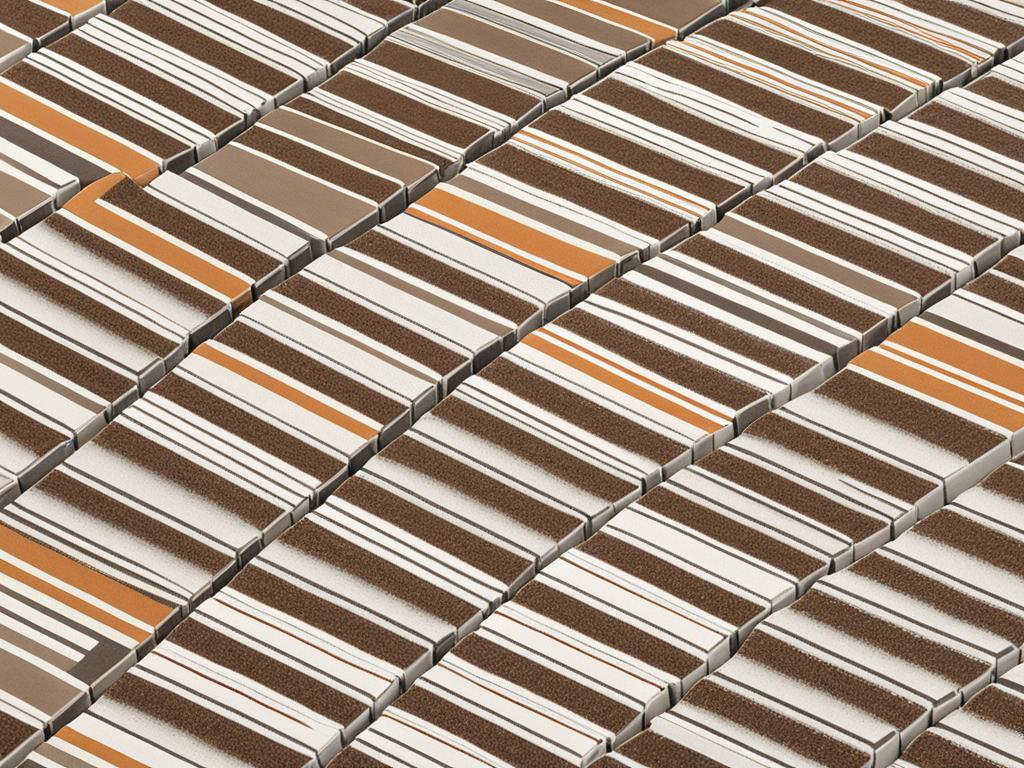
Conclusion
When it comes to choosing between a diagonal tile pattern and a straight lay tile pattern, both options offer unique advantages and benefits. Ultimately, the decision depends on your specific style preferences, the size of the room, and the desired aesthetic.
Diagonal tiles are an excellent choice for making small spaces appear larger and more expansive. The 45-degree angle creates an optical illusion, giving the illusion of a wider and more open room. Additionally, diagonal tiles can help conceal imperfections in the flooring, creating a seamless and flawless look.
On the other hand, straight tiles offer a clean and modern aesthetic that can enhance any space. The straight grid layout creates a sleek and sophisticated look, ideal for both contemporary and intricate designs. Straight tiles are also easier to install and require fewer cuts, making the installation process more efficient.
When deciding between diagonal tile patterns and straight lay tile patterns, it is important to consider the overall design of your space. Consulting with professionals can provide valuable insights and expertise to determine the best tile layout for your flooring and walls. By weighing the advantages and evaluating your personal preferences, you can create a stunning and functional tile installation that perfectly suits your needs.
FAQ
What is the difference between a diagonal tile pattern and a straight tile pattern?
A diagonal tile pattern is laid at a 45-degree angle, forming diamonds, while a straight tile pattern is laid in a grid layout. The diagonal pattern creates an optical illusion of spaciousness, while the straight pattern offers a clean and modern look.
Which rooms are suitable for a straight tile pattern?
The straight tile pattern is suitable for various rooms and styles. It can be used in both modern and intricate designs and creates a sleek and modern aesthetic.
What are the advantages of a straight tile pattern?
The straight tile pattern requires fewer cuts during installation and offers long straight grout lines that can serve as a visual guide, directing attention to a focal point in the room.
How does a diagonal tile pattern make small rooms appear bigger?
The diagonal tile pattern at a 45-degree angle creates an optical illusion of spaciousness, making small rooms appear bigger and wider.
How can diagonal tiles conceal imperfections in the flooring?
Diagonal tiles can help hide imperfections in the flooring as the diagonal lines draw the attention away from flaws. They add visual interest to the space while camouflaging any minor issues.
Which tile pattern is suitable for areas with slightly uneven floors?
The running bond tile pattern, which mimics the staggered layout of bricks, is excellent for areas with slightly uneven floors. This pattern can help hide minor flooring imperfections.
How should I choose between a diagonal tile pattern and a straight tile pattern?
The choice between the two patterns depends on your style preferences, the size of the room, and the desired aesthetic. Diagonal tiles make small spaces appear larger and conceal imperfections, while straight tiles offer a clean and modern look. Consider the overall design of your space and consult with professionals to determine the best tile layout for your needs.
